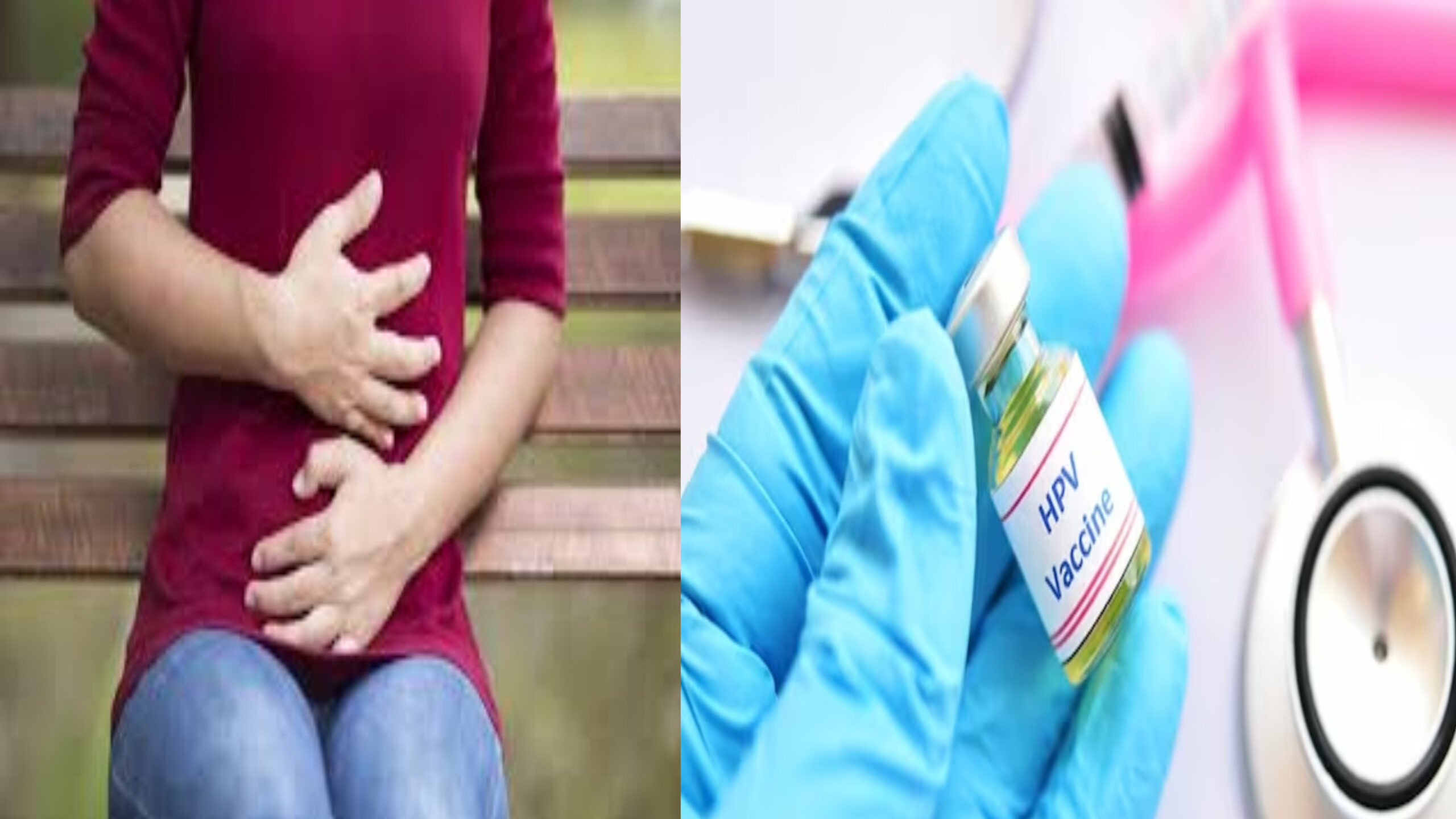Cervical cancer is a major health concern, particularly in countries like India where it stands as the second most commonly diagnosed cancer among women. In a significant move, the Budget 2024, presented by Finance Minister Nirmala Sitharaman, has highlighted the importance of combating this disease through a focused vaccination drive aimed at young girls.
During her budget speech, Sitharaman emphasized the need for vaccination in girls aged 9 to 14 years as a measure to prevent cervical cancer. This decision is pivotal considering the high-risk population in India, which includes over 500 million women aged 15 years and above.
The primary cause of cervical cancer is the Human Papillomavirus (HPV), a group of more than 200 viruses. Among these, certain high-risk HPVs are known to be responsible for various types of cancers, including cervical cancer. HPV is predominantly sexually transmitted, making it a widespread infection.
Detecting cervical cancer in its early stages can be challenging, as symptoms often do not appear until the cancer has progressed. Common symptoms include unusual vaginal bleeding, such as bleeding after intercourse, between periods, or after menopause, abnormal vaginal discharge, and pelvic pain, particularly during intercourse.
Prevention and early detection are key in managing cervical cancer. Vaccination against HPV is a significant step towards prevention. Regular vaccination can drastically reduce the risk of developing cervical cancer, paving the way for a future where this disease is largely preventable.
Several vaccines against HPV are available globally. These include:
- Cervarix (bivalent): Targets HPV types 16 and 18, which are responsible for about 70% of cervical cancer cases. It is recommended for girls aged 9-14 years, with a typical two-dose schedule.
- Gardasil (quadrivalent): Protects against HPV types 16, 18, 6, and 11. The latter two types are known to cause genital warts. Gardasil is advised for females between 9-26 years and can be administered in either a two-dose or three-dose schedule, depending on the age. In India, Gardasil-4 costs approximately Rs 3,957 per dose.
India has also made significant strides in this area with the development of its first indigenous HPV vaccine:
- Cervavac (quadrivalent): Developed and manufactured by the Serum Institute of India (SII) based in Pune, this vaccine was launched in January 2023. It targets the same four HPV types as Gardasil and is currently being evaluated for inclusion in the national immunization program. Cervavac is expected to be more affordable, priced between Rs 200 to 400.
The optimal time for HPV vaccination is before the commencement of sexual activity. Therefore, it is recommended that girls between the ages of 9 and 14 receive the vaccine to prevent the development of high-risk HPVs into cancer.
This initiative by the Indian government in the Budget 2024 is a commendable step towards combating cervical cancer. By focusing on prevention through vaccination, India is taking proactive measures to protect its future generations from this preventable yet potentially deadly disease. The availability of an affordable, locally produced vaccine like Cervavac can significantly increase accessibility and coverage, potentially leading to a major reduction in cervical cancer cases across the country.
In conclusion, cervical cancer, primarily caused by HPV, poses a significant health risk to women worldwide. With symptoms often not appearing until advanced stages, prevention through vaccination is crucial. The vaccines available, including the newly introduced Cervavac in India, offer hope for effective prevention. The move by the Indian government to prioritize cervical cancer vaccination in the Budget 2024 marks a significant step towards safeguarding the health of millions of women in the country.
The push for cervical cancer vaccination in Budget 2024 represents a strategic and potentially life-saving intervention. By focusing on young girls, the initiative targets a demographic that will greatly benefit from early prevention measures. The inclusion of HPV vaccination in public health policy not only addresses a critical women’s health issue but also demonstrates a commitment to proactive healthcare.
Awareness and education about cervical cancer and the importance of vaccination are equally vital. Dispelling myths and misconceptions surrounding HPV and its vaccine, and informing the public about the safety and efficacy of these vaccines, are essential steps. This education should extend to parents, caregivers, and educators, ensuring that they are well-informed and can encourage vaccination.
Moreover, the introduction of an affordable indigenous vaccine like Cervavac is a game-changer for India. It makes the vaccine accessible to a broader section of the population, especially in lower-income groups. This could lead to higher vaccination rates and a significant reduction in cervical cancer incidence over time.
In addition to vaccination, regular screening programs for cervical cancer should be emphasized. Pap smear tests and HPV tests are critical tools in detecting precancerous changes in the cervix, allowing for early intervention and treatment.
Overall, the government’s initiative in the Budget 2024 to promote cervical cancer vaccination is a commendable step towards improving women’s health in India. This, coupled with increased awareness, education, and screening, can significantly reduce the burden of cervical cancer in the country. It is a forward-thinking approach that other nations could model to combat this global health challenge.

